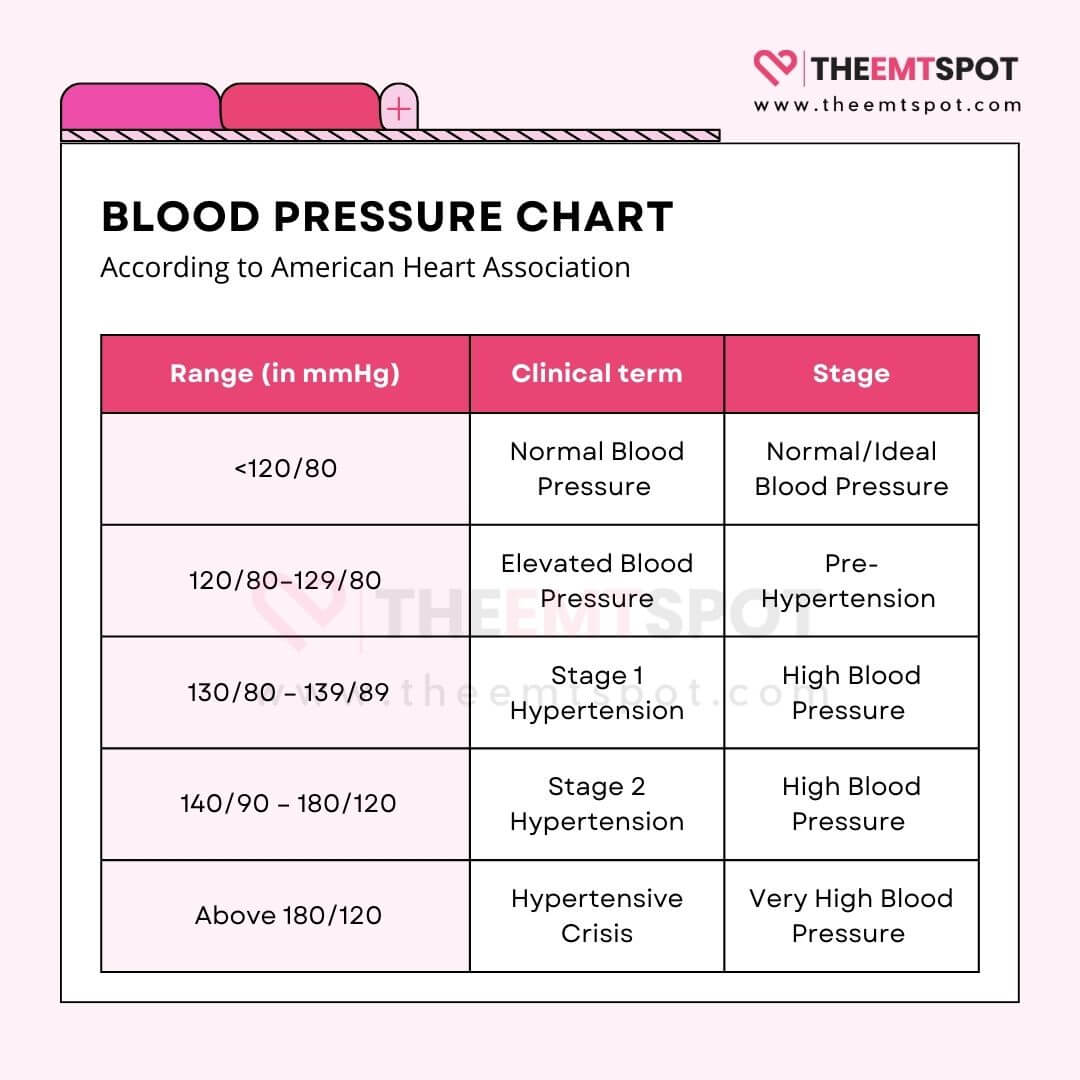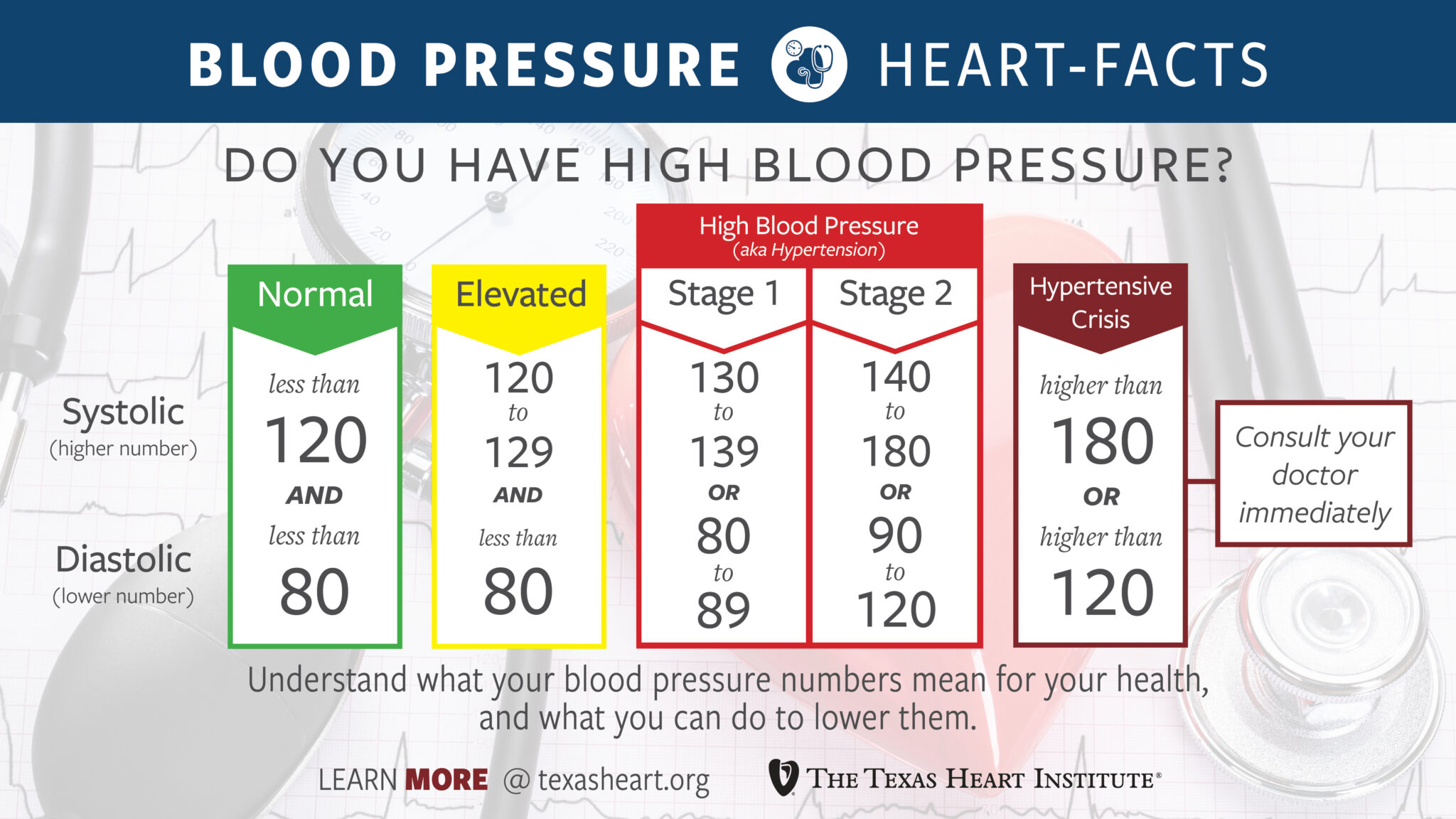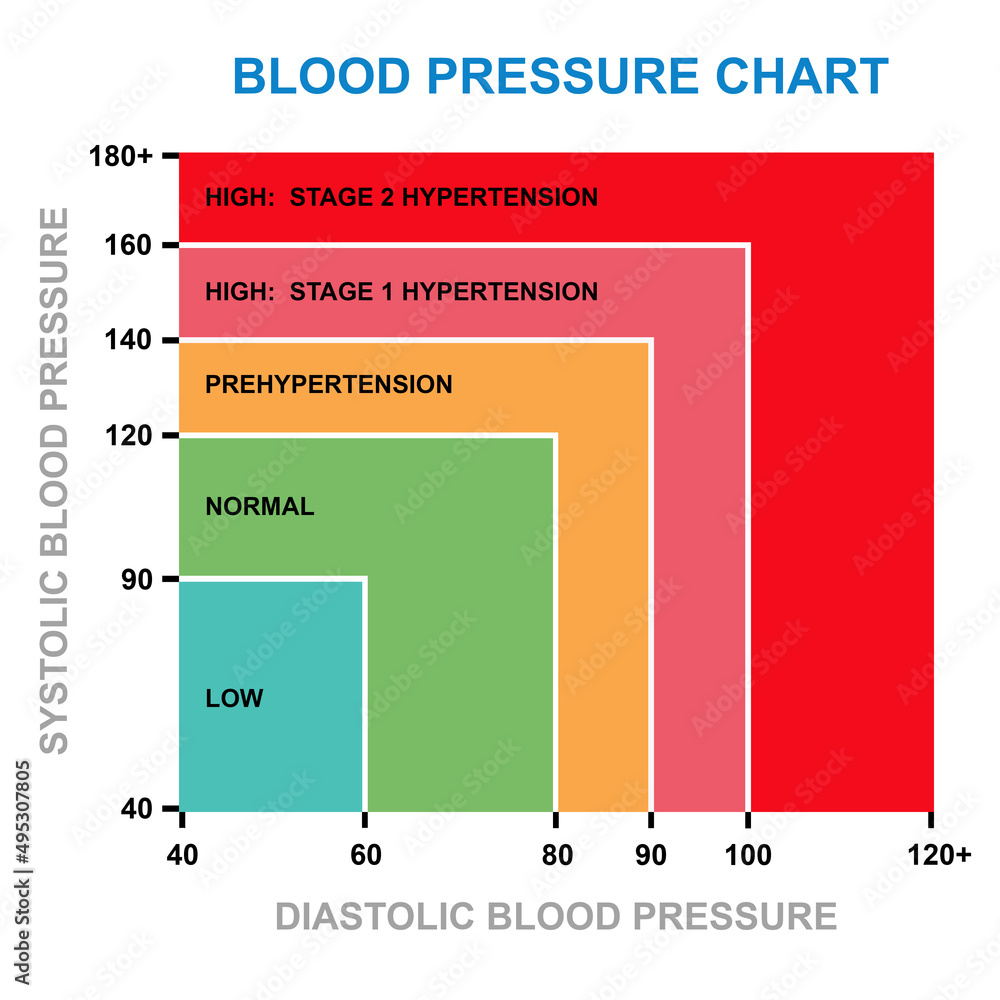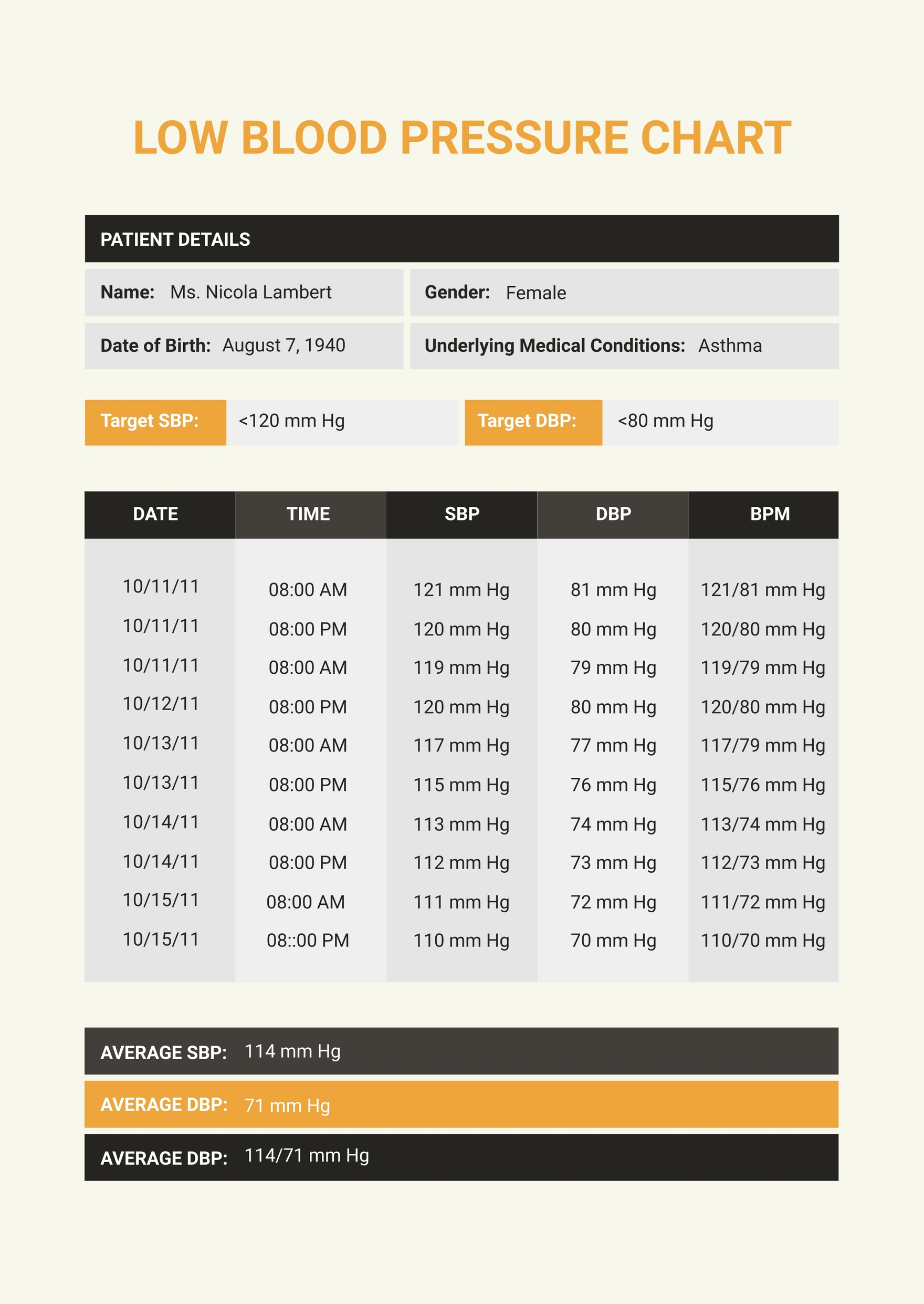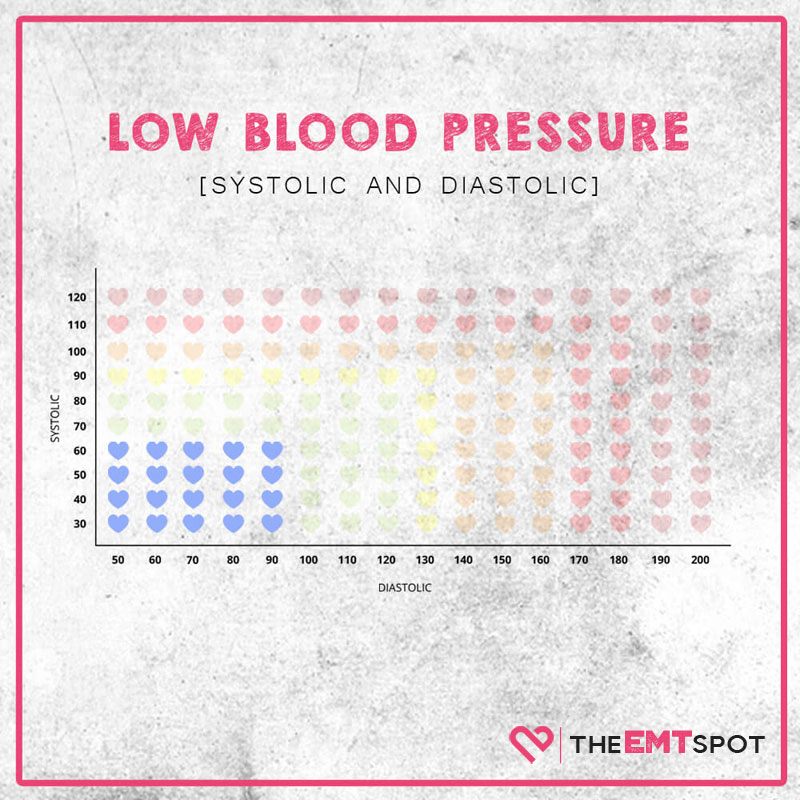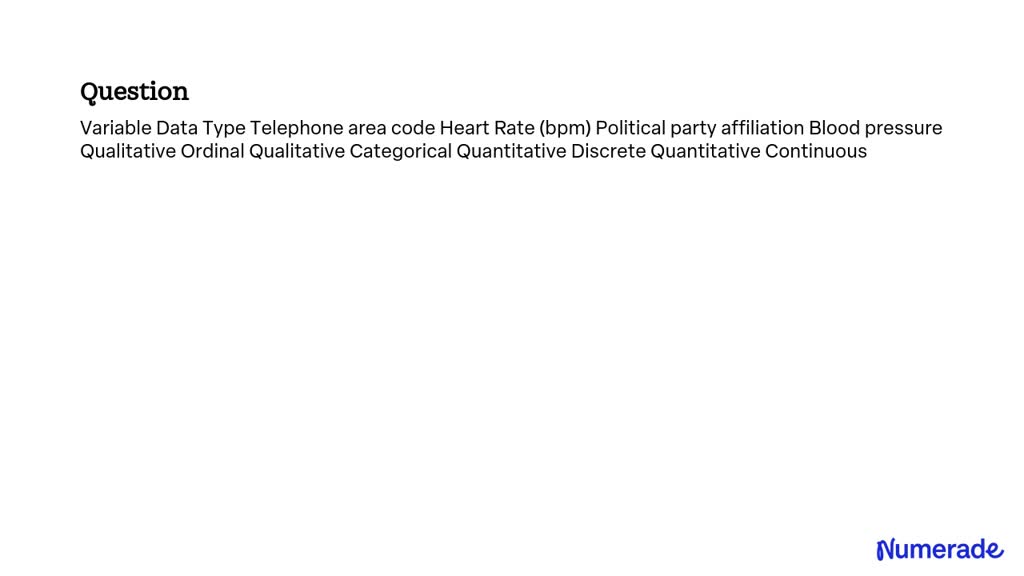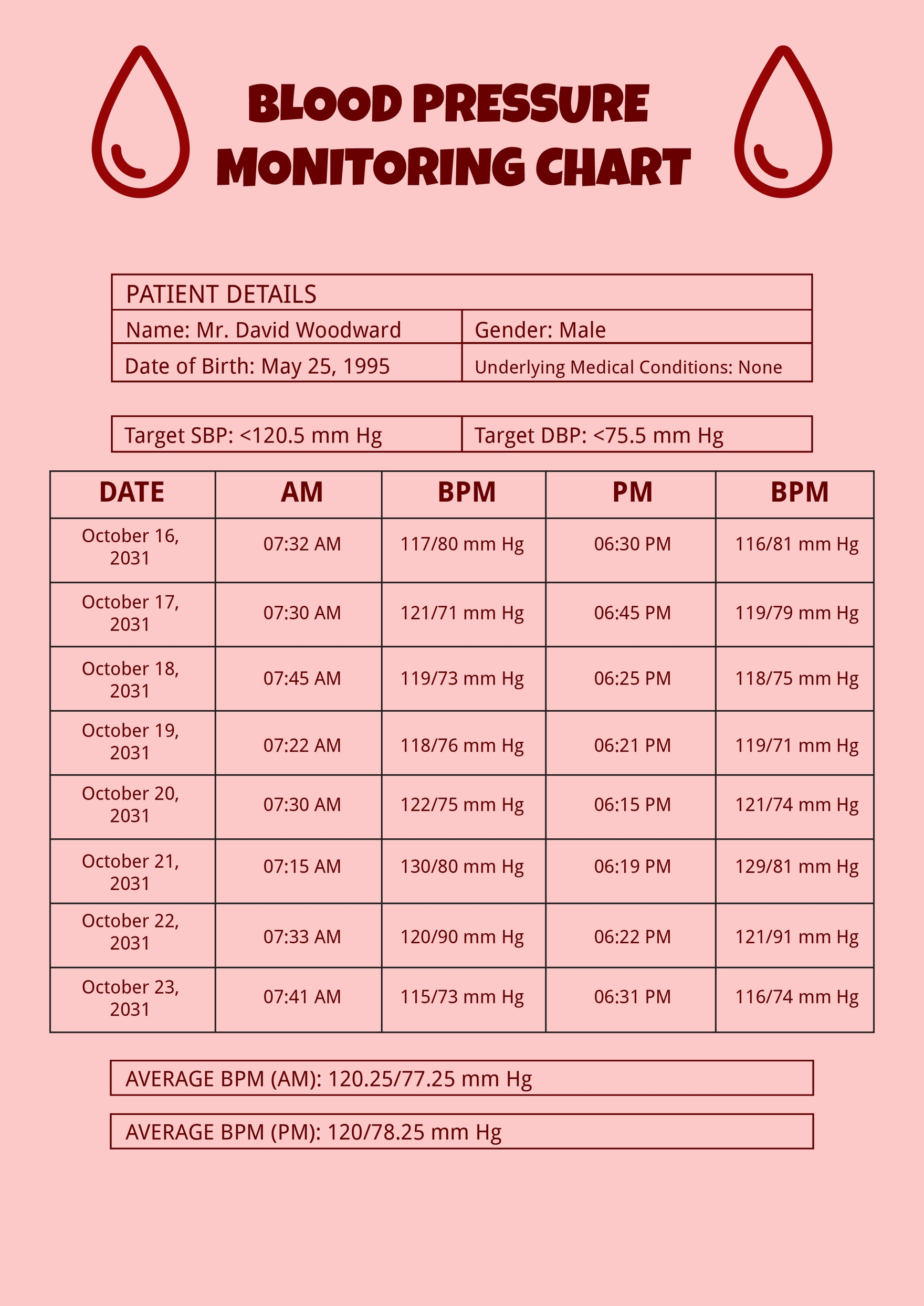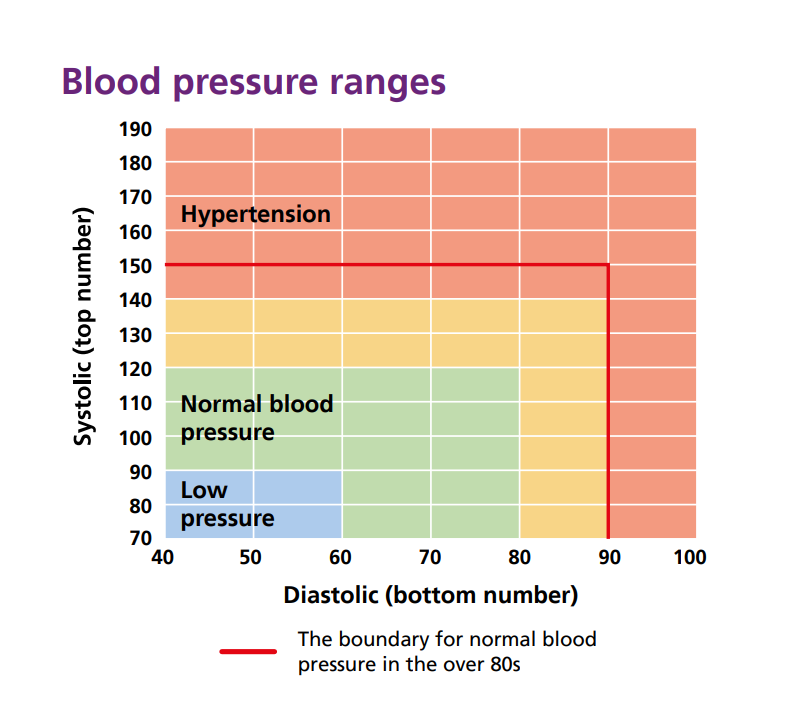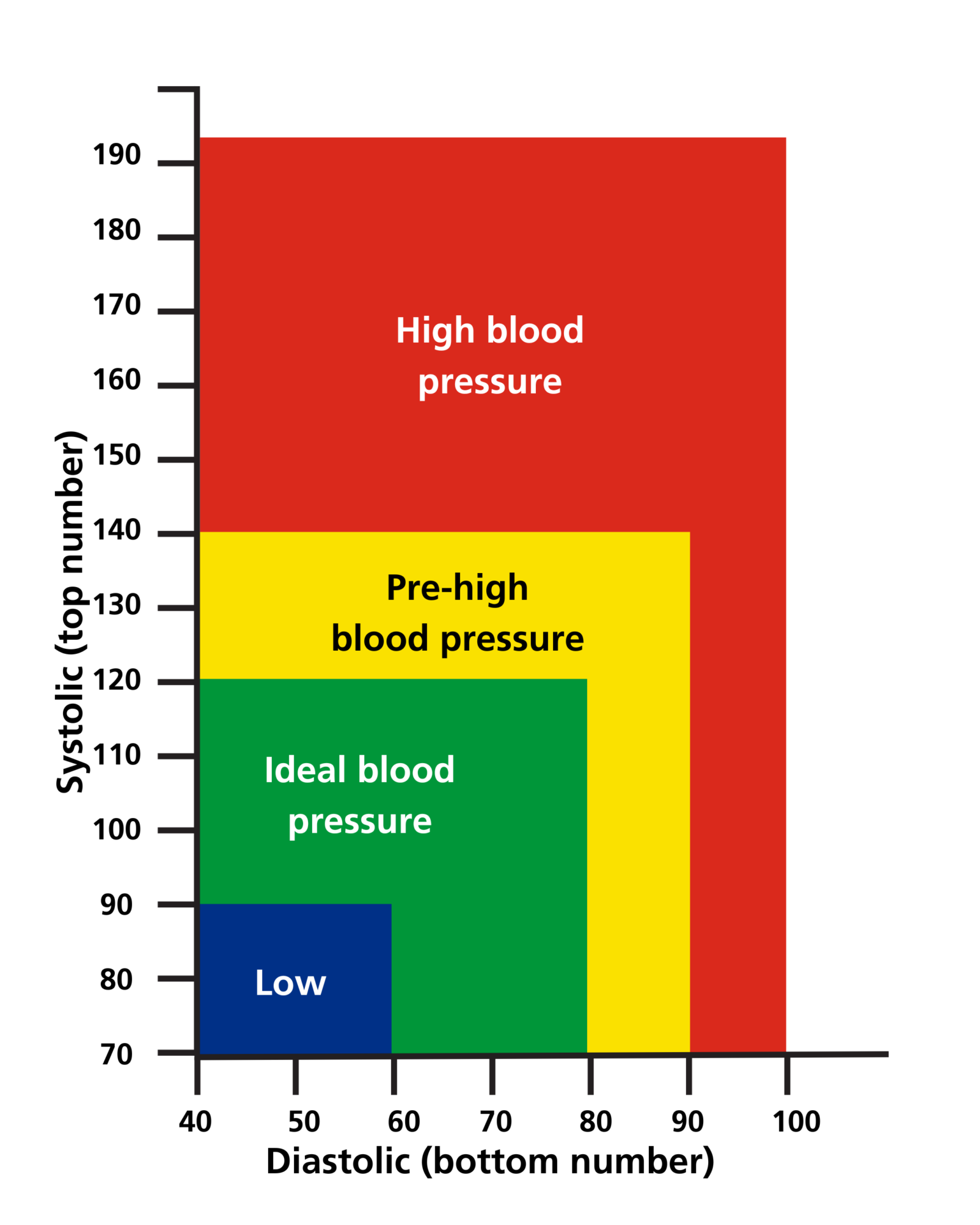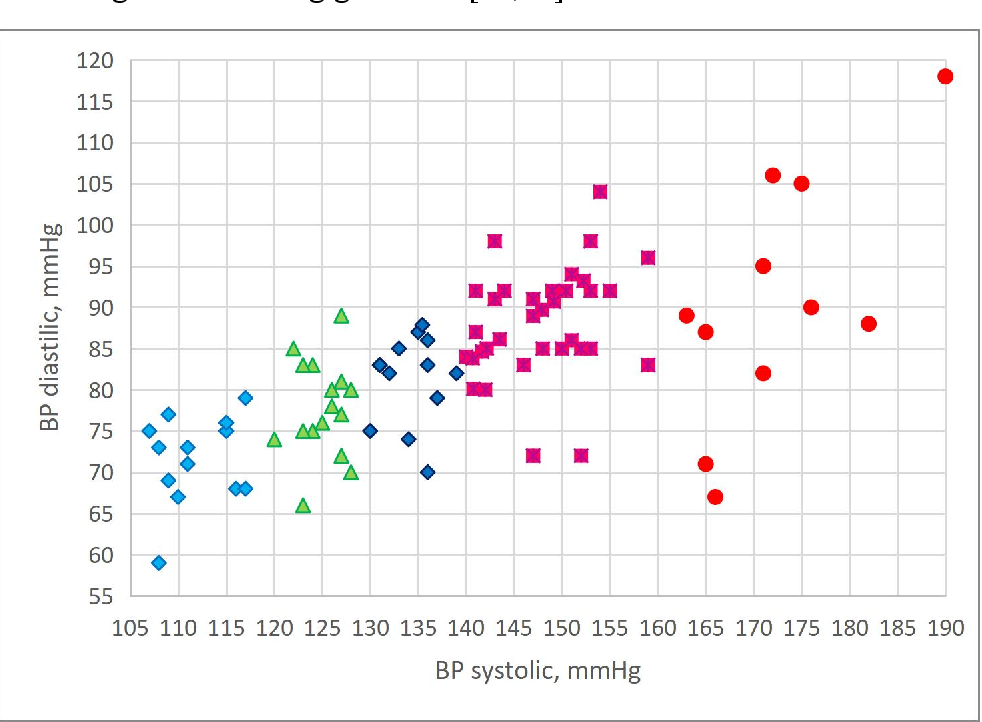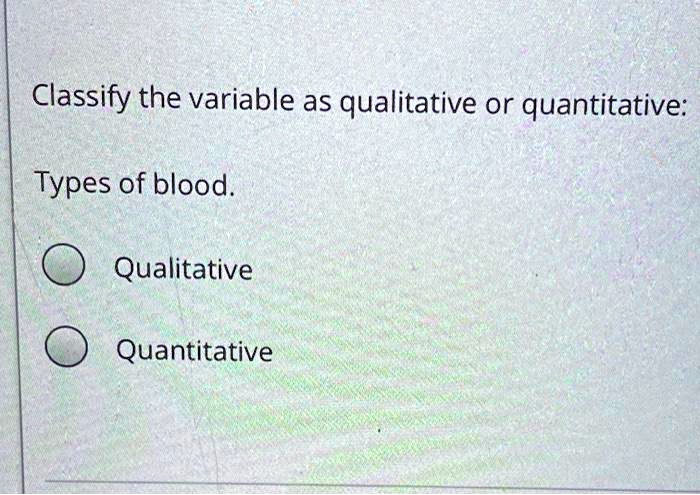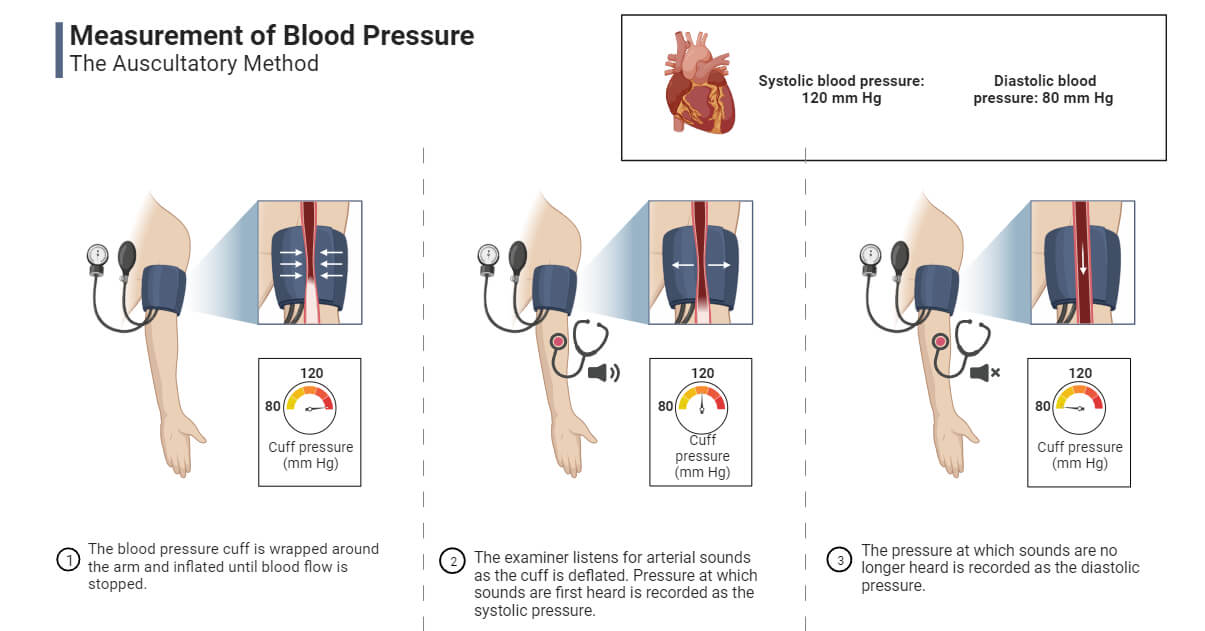Is Blood Pressure Qualitative Or Quantitative
..jpg)
The measurement of blood pressure is a cornerstone of modern medicine, guiding diagnoses, treatment plans, and preventative care strategies. But a fundamental question often arises: is blood pressure a qualitative or quantitative measure? The answer, while seemingly straightforward, holds implications for how we understand and interpret this vital sign.
This article will delve into the nature of blood pressure measurement, exploring the definitions of qualitative and quantitative data, examining the methods used to assess blood pressure, and considering the ongoing debates within the medical community regarding its interpretation.
Understanding Qualitative and Quantitative Data
To properly address the question of blood pressure's nature, it's crucial to define qualitative and quantitative data. Qualitative data describes characteristics or qualities that cannot be easily measured numerically.
Examples include colors, textures, smells, tastes, appearance, beauty, or opinions. Quantitative data, on the other hand, deals with numbers and can be measured objectively.
Examples of quantitative data include height, weight, temperature, or blood glucose levels.
Blood Pressure: A Quantitative Measurement
Blood pressure is measured in millimeters of mercury (mmHg) and is expressed as two numbers: systolic pressure (the pressure when the heart beats) and diastolic pressure (the pressure when the heart rests between beats). A typical reading might be 120/80 mmHg.
These numbers are obtained using devices such as sphygmomanometers, which provide numerical readouts of the pressure exerted by the blood against the artery walls. This objective measurement firmly places blood pressure within the realm of quantitative data.
“Blood pressure is fundamentally a quantitative measure," says Dr. Emily Carter, a cardiologist at the Mayo Clinic. "We use numerical values, systolic and diastolic readings, to assess a patient's cardiovascular health."
The Nuances of Interpretation
While the measurement of blood pressure is quantitative, the interpretation of those numbers involves a degree of clinical judgment, which can be considered a qualitative aspect.
Factors such as age, sex, ethnicity, and pre-existing conditions influence what is considered a healthy blood pressure for an individual. A blood pressure of 130/85 mmHg might be concerning for a young, healthy adult but acceptable for an elderly individual with other health issues.
Therefore, clinicians rely on guidelines and their own experience to interpret the quantitative data in the context of the patient's overall health profile. This involves assessing the risk of complications, such as heart attack, stroke, or kidney disease, based on the blood pressure readings and other factors.
The American Heart Association (AHA) provides guidelines for blood pressure categories and management strategies. These guidelines are regularly updated based on the latest research and clinical evidence, reflecting an ongoing effort to refine the interpretation of blood pressure readings.
The Impact on Patient Care
The quantitative nature of blood pressure measurement allows for standardized monitoring and comparison over time. Patients can track their blood pressure at home and share these readings with their healthcare providers, facilitating more informed decision-making.
Furthermore, quantitative data enables the development and evaluation of interventions, such as lifestyle modifications and medications, to lower blood pressure and reduce cardiovascular risk. Clinical trials rely on quantitative outcomes, including changes in blood pressure, to assess the effectiveness of these interventions.
The ability to quantify blood pressure also facilitates epidemiological studies, which investigate the prevalence of hypertension (high blood pressure) and its associated risk factors in different populations. These studies provide valuable insights into the burden of hypertension and inform public health strategies for prevention and control.
Human-Interest Angle: The Importance of Regular Monitoring
Meet John Smith, a 55-year-old man who was diagnosed with hypertension during a routine checkup. His blood pressure was consistently around 140/90 mmHg, placing him in the stage 2 hypertension category.
John started monitoring his blood pressure at home and made lifestyle changes, including reducing his sodium intake and increasing his physical activity. Over time, his blood pressure decreased to a healthier range, and he was able to reduce his medication dosage under the guidance of his physician.
John's story highlights the importance of regular blood pressure monitoring and the potential for individuals to take control of their cardiovascular health through proactive management. The quantitative data provided by blood pressure measurements empowers patients to make informed decisions and work with their healthcare providers to achieve optimal outcomes.
Conclusion
In conclusion, while the interpretation of blood pressure readings involves clinical judgment and consideration of individual patient factors, blood pressure measurement itself is fundamentally a quantitative process. The numerical values obtained provide objective data that is essential for diagnosis, treatment, and prevention of cardiovascular disease.
The ongoing refinement of blood pressure guidelines and the increasing availability of home monitoring devices underscore the importance of this quantitative measure in promoting individual and public health.
By understanding the nature of blood pressure and the implications of its readings, individuals can take proactive steps to manage their cardiovascular health and reduce their risk of complications.
:max_bytes(150000):strip_icc()/blood-pressure-chart-final-6c215c755f9a40f5ad7d7bb4c42b0f89.jpg)
